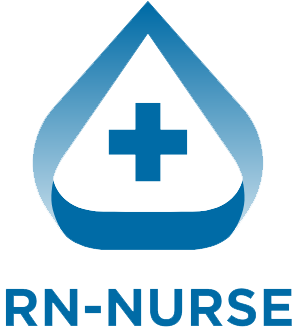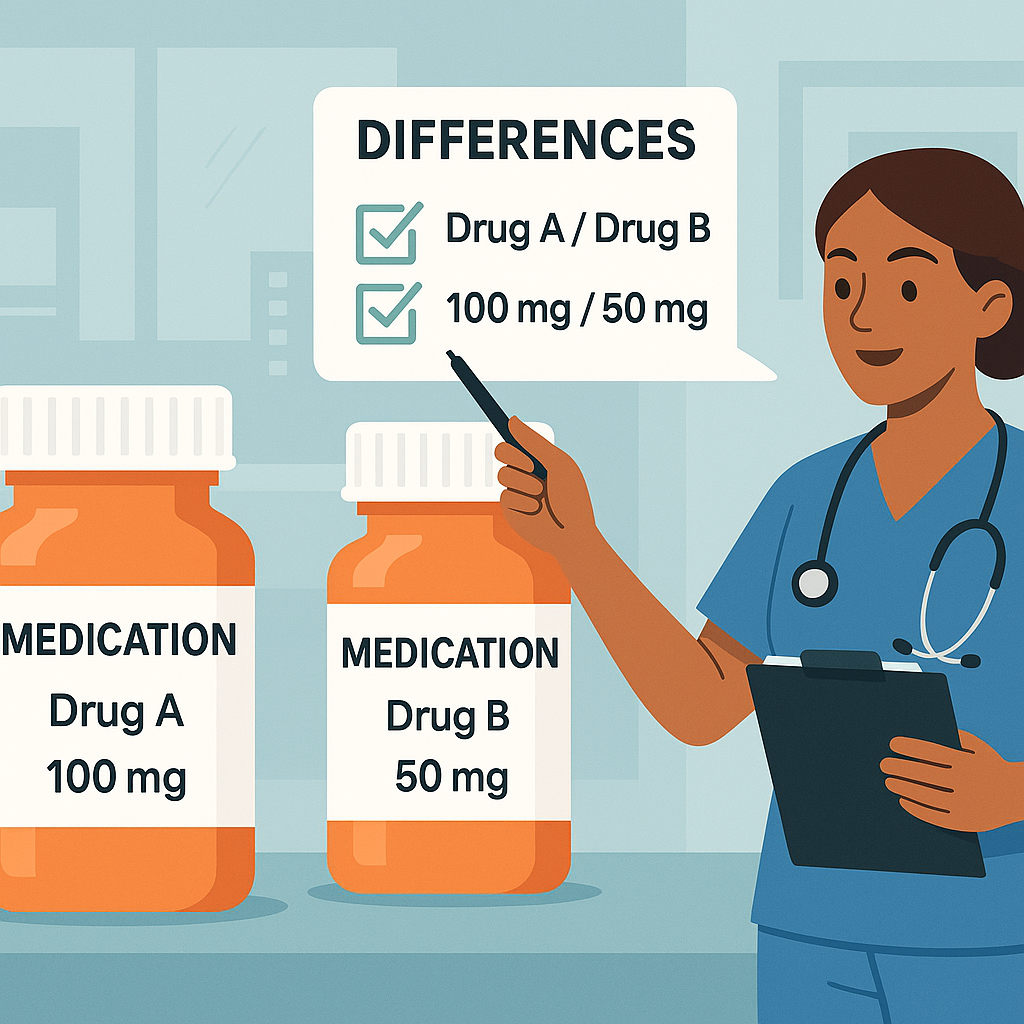Medication safety is one of the top priorities for every registered nurse (RN nurse). On the NCLEX, and in real-life nursing practice, recognizing look-alike and sound-alike (LASA) medications is essential to prevent life-threatening errors. Many drugs have similar names or packaging, which can easily confuse even experienced nurses. This article breaks down the most common LASA medications, their risks, and the nursing priorities for safe administration.
Why Nurses Must Pay Attention to Look-Alike/Sound-Alike Medications
As a nurse, you may encounter medications with similar spellings, pronunciations, or packaging. For example:
- Celebrex vs. Celexa (pain vs. antidepressant)
- Zantac vs. Zyrtec (acid reducer vs. antihistamine)
- Clonidine vs. Clonazepam (antihypertensive vs. anticonvulsant)
Confusing these drugs can lead to serious adverse effects. For nursing students preparing for the NCLEX, questions often focus on safe medication practices and error prevention.
Common Look-Alike/Sound-Alike Medications Nurses Should Know
Here are some high-risk pairs that every RN nurse should memorize for practice and the nursing bundle of knowledge for exam prep:
- Hydralazine vs. Hydroxyzine
- Hydralazine: Antihypertensive
- Hydroxyzine: Antihistamine, anti-anxiety
- Nursing tip: Always double-check indication before administering.
- Lisinopril vs. Lithium
- Lisinopril: ACE inhibitor (BP control)
- Lithium: Mood stabilizer
- NCLEX tip: Lithium has a narrow therapeutic range — errors can be fatal.
- Zyprexa vs. Zyrtec
- Zyprexa: Antipsychotic
- Zyrtec: Allergy medication
- Nursing priority: Confirm psychiatric vs. allergy diagnosis.
- Vinblastine vs. Vincristine
- Both chemotherapy drugs with very different toxicities
- RN nurse safety: Require two-nurse verification in oncology.
Nursing Priorities to Prevent Errors
Whether in clinical practice or NCLEX preparation, safe medication administration is critical. Nurses should always:
- Use the five rights of medication administration (right patient, right drug, right dose, right route, right time).
- Perform two-nurse verification for high-alert medications.
- Educate patients on their medications to catch potential errors early.
- Keep a mental “LASA list” as part of your nursing bundle of safety knowledge.
NCLEX Connection
On the NCLEX, expect questions like:
The nurse is preparing to administer Hydroxyzine for anxiety. The provider’s order reads Hydralazine. What should the RN nurse do first?
Correct answer: Clarify the order with the provider before administering.
This highlights that safe nursing practice is more important than rushing through tasks.
Final Thoughts
For nurses and nursing students, mastering look-alike and sound-alike medications is a critical step in patient safety. Adding this to your NCLEX study bundle will help you not only pass the exam but also protect your patients in real-world practice. As a registered nurse, always remember: when in doubt, double-check!

